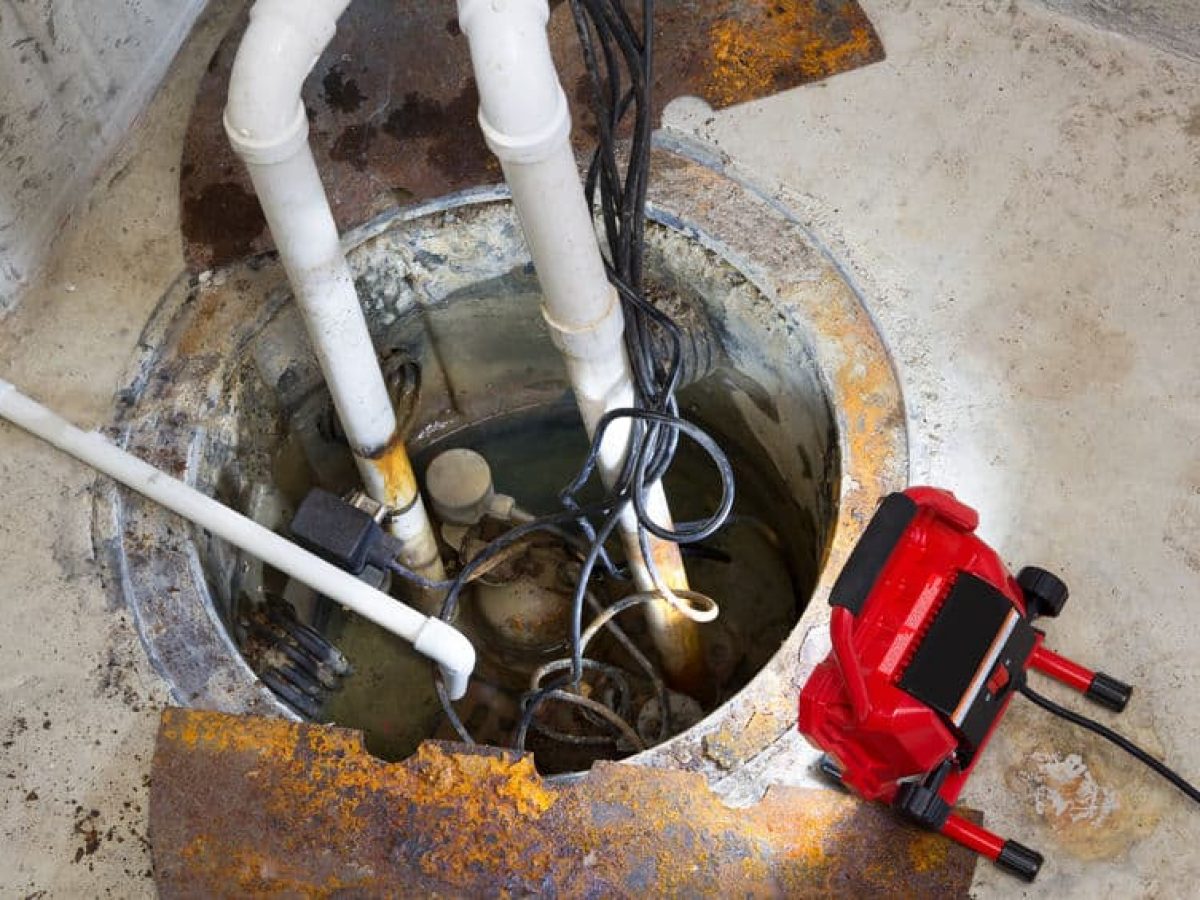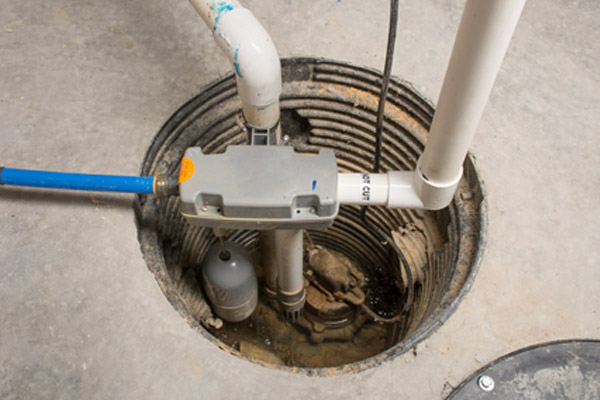What are your opinions with regards to How to Care for Your Sump Pump?

Sump pumps are essential elements in several homes, especially in areas susceptible to flooding or extreme moisture. They aid prevent water damage by efficiently removing excess water from cellars or crawl spaces. Nevertheless, like any other home appliance, sump pumps call for routine maintenance to guarantee they function efficiently when required the most. Cleansing your sump pump is an essential part of its upkeep, and recognizing how to do it correctly can conserve you from expensive fixings and possible catastrophes.
Intro
Preserving a clean sump pump is crucial for its proper functioning and durability. Overlooking this essential task can bring about blockages, malfunctions, and inevitably, water damage to your property. For that reason, finding out how to cleanse a sump pump is essential for house owners who rely on these tools to maintain their cellars completely dry and protected.
Indications of a Dirty Sump Pump
Knowing when your sump pump needs cleaning is essential for avoiding prospective malfunctions. Some usual signs that indicate an unclean sump pump include unusual noises throughout operation, minimized water flow, and noticeable debris in the pit. If you discover any of these symptoms, it's important to cleanse your sump pump without delay to stay clear of any type of further concerns.
Preparing for Cleansing
Before you begin cleansing your sump pump, it's vital to take some safety precautions. Begin by turning off the power to the pump to stay clear of any kind of electrical accidents. In addition, put on proper safety gear, such as gloves and goggles, to secure yourself from dust, debris, and possible microorganisms.
Understanding the Sump Pump
Before diving into the cleansing process, it's necessary to have a basic understanding of just how a sump pump functions. Normally mounted in a pit or container below the basement floor, a sump pump consists of numerous key elements, consisting of a pump, a float button, and a discharge pipe. When water collects in the pit, the float button activates the pump, which after that pumps the water out through the discharge pipe, far from the structure's structure.
Step-by-step Overview to Cleansing a Sump Pump
Turning off the Power
Begin by separating the power supply to the sump pump to prevent any kind of accidents while cleaning.
Looking For Appropriate Performance
Before reinstalling the pump, do a fast test to make certain that the float button triggers the pump correctly. Put some water into the sump pit and observe the pump's operation. If whatever is operating appropriately, you can reassemble the pump and reconnect the power supply.
Eliminating Debris and Dirt
Use a pail or an inside story to remove any type of noticeable debris, dirt, or sediment from the sump pit. Dispose of the debris properly to stop it from obstructing the pump or the discharge pipe.
Cleansing the Pump and Drift Switch Over
As soon as the pit is free from debris, thoroughly remove the pump from the pit. Inspect the pump and the float switch for any signs of damages or wear. Use a soft brush or towel to clean the surfaces and remove any type of built up crud.
Flushing the System
After cleansing the pump and float button, purge the sump pit with tidy water to eliminate any remaining dirt or sediment. This will help make sure that the pump runs efficiently and successfully.
Upkeep Tips to Maintain Your Sump Pump Clean
In addition to routine cleansing, there are a number of upkeep tips you can follow to maintain your sump pump in ideal condition:
- Routine Examination: Inspect your sump pump frequently for any kind of indicators of wear, damages, or obstructions.
- Keeping the Surrounding Area Clean: Make Certain that the location around the sump pit is without debris, dust, and obstructions.
- Examining the Pump Regularly: Test your sump pump periodically by putting water into the pit and observing its procedure. This will aid you recognize any kind of prospective issues prior to they rise.
Final thought
Cleaning your sump pump is a vital element of its upkeep and makes certain that it runs effectively when you need it the most. By adhering to the steps laid out in this guide and incorporating regular maintenance right into your regimen, you can expand the life expectancy of your sump pump and secure your home from water damages.
6 STEPS ON HOW TO CLEAN A SUMP PUMP PROPERLY
UNDERSTANDING SUMP PUMPS
Your sump pump plays a crucial role in protecting your home by managing and removing excess water. It primarily functions as a “shield”, guarding your basement against the damaging effects of water accumulation. The pump is housed in a sump pit in the lowest part of your basement, and its job is to pump out any water that collects there.
During heavy rainfalls or when snow melts rapidly, water can infiltrate your basement, posing potential risks like flooding, structural damage, and harmful mold growth. Here, the sump pump springs into action, pumping out the intruding water and directing it away from your home.
SAFETY FIRST
Before cleaning, remember to prioritize safety. Disconnect the sump pump from the power source to prevent any accidental electric shocks. Also, wear sturdy gloves to protect your hands from any sharp or dirty components within the pump.
REMOVE THE SUMP PUMP
After ensuring your safety, the next step is to remove the sump pump from its pit. Doing this might require careful maneuvering as you don’t want to damage any pump components. Once removed, clean the sump pit to remove any accumulated debris or sludge.
INSPECT THE PUMP
Inspect the pump for any visible signs of wear or damage. Check the power cord, float switch, and impeller housing. If any components look worn out or damaged, consider replacing them to ensure optimal performance.
CLEAN THE PUMP
Thoroughly clean the pump with warm, soapy water. Make sure to rid it of any dirt, gravel, or other debris that might impede its performance. You can use a toothbrush to clean the small, hard-to-reach parts of the pump.
REINSTALL THE SUMP PUMP
- Reinstall the pump into the sump pit
- Make sure it’s positioned correctly to remove the water effectively
- Once it’s back in place, reconnect it to the power source
TEST THE PUMP
Finally, pour some water into the pit to ensure the pump works correctly. It should start automatically and begin pumping out the water; if it doesn’t, check the power source and the positioning of the pump.
Remember, while cleaning your sump pump is an essential part of home maintenance, hiring a professional plumber for a thorough inspection and cleaning at least once a year is also important. This will ensure that your pump is in optimal condition, ready to protect your home from potential water damage.
BEST PRACTICES FOR CLEANING SUMP PUMP DISCHARGE PIPES
- Regular Inspection: Regularly inspect your discharge pipes, especially during heavy rainfall or snowmelt periods. Look for any signs of blockage or damage. Early detection of problems can prevent serious issues down the line.
- Periodic Cleaning: Over time, sediment and debris can accumulate in the discharge pipes, impeding the flow of water. Regular cleaning helps keep the pipes clear and functioning efficiently. You can use a high-pressure water jet to effectively clean the pipes.
- Insulation During Winter: In colder climates, discharge pipes can freeze, blocking the outflow of water. Protect your discharge pipes from freezing temperatures by insulating them with foam pipe insulation. This will ensure the sump pump can continue to discharge water even in freezing conditions.
- Proper Positioning: The discharge pipe should be positioned to direct water away from your home’s foundation. Improper positioning can lead to water seeping back into the basement. Ensure the pipe is long enough and angled correctly.
- Installation of a Check Valve: A check valve prevents water from flowing back into your sump pit after the pump has pushed it out. Installing a check valve helps maintain the efficiency of your sump pump and reduces the risk of flooding.
- Minimize Pipe Turns: Every curve or turn in the discharge pipe can decrease the efficiency of water flow. By minimizing turns and bends in your discharge pipe, you can increase the efficiency of your sump pump.
https://www.fullspeedplumbing.com/how-to-clean-a-sump-pump-properly9999/

We are very enthusiastic about How to Care for Your Sump Pump and I'm hoping you appreciated the blog post. Don't hesitate to set aside a second to distribute this page if you liked it. We appreciate reading our article about Cleaning & Maintenance Tips for Your Home's Sump Pump.
Call Today
Comments on “Easy-to-Follow Tips for Caring for Your Sump Pump”